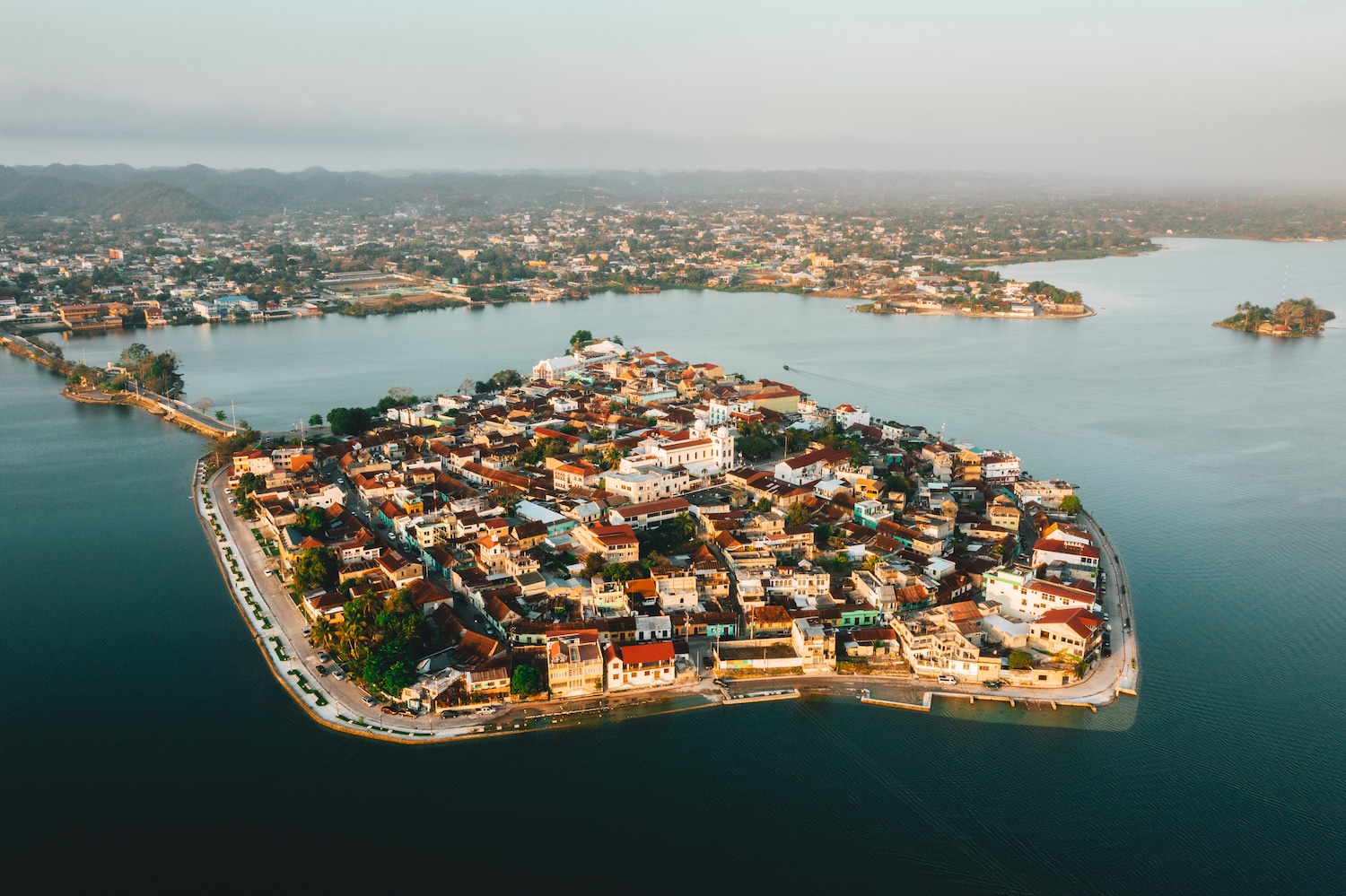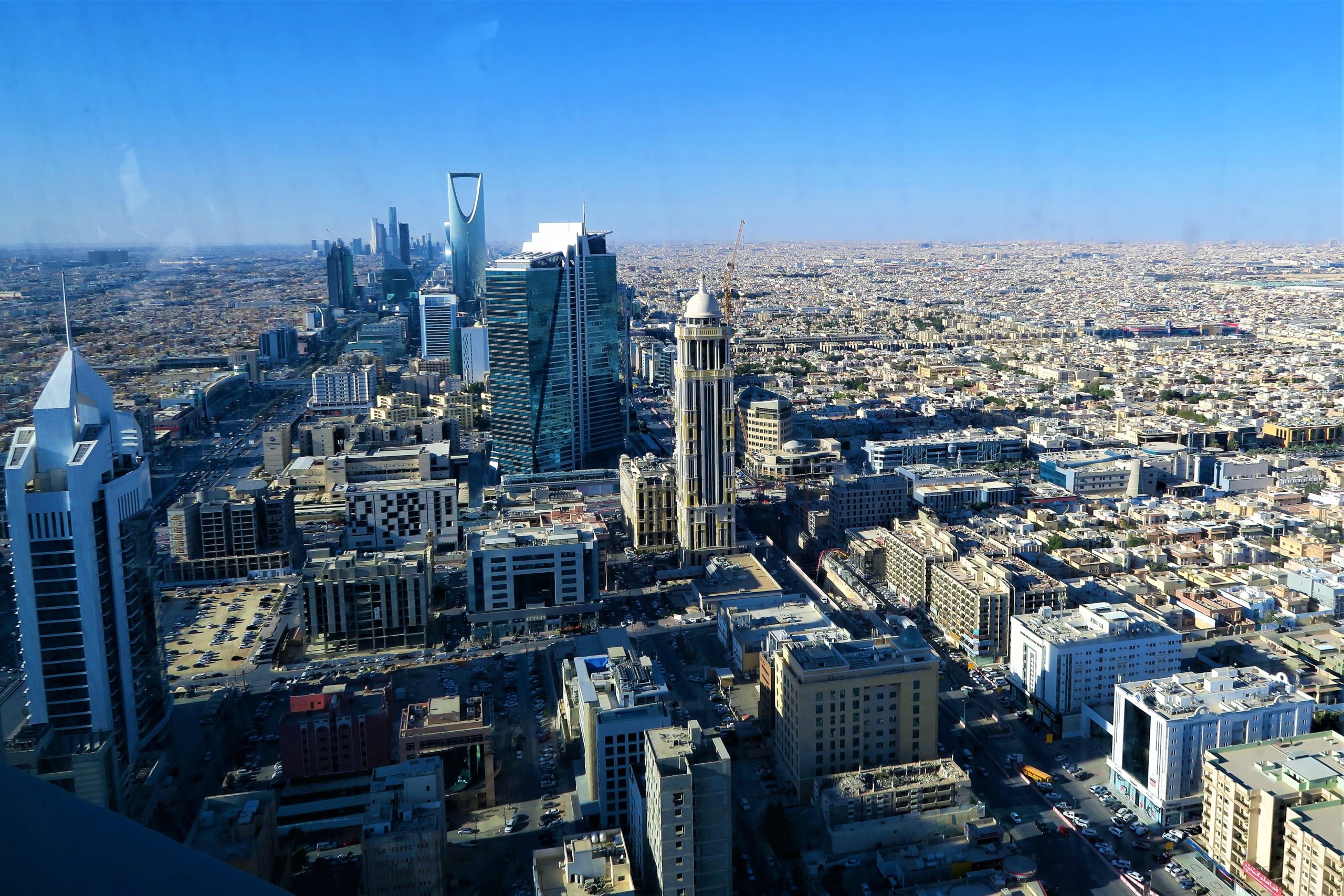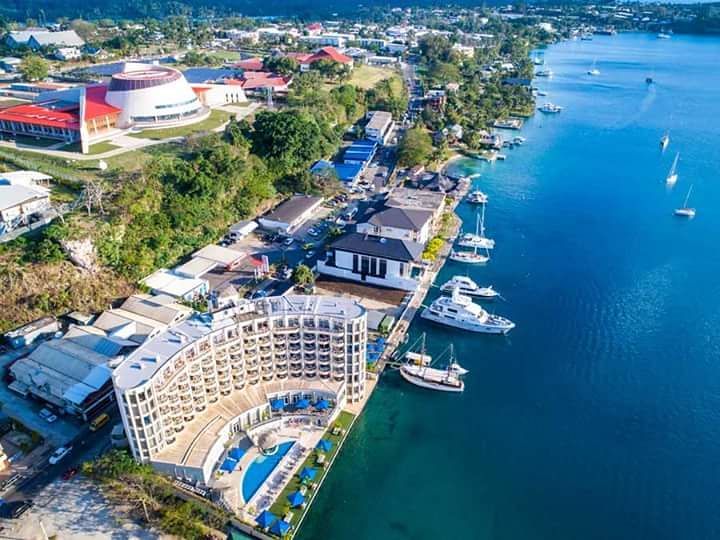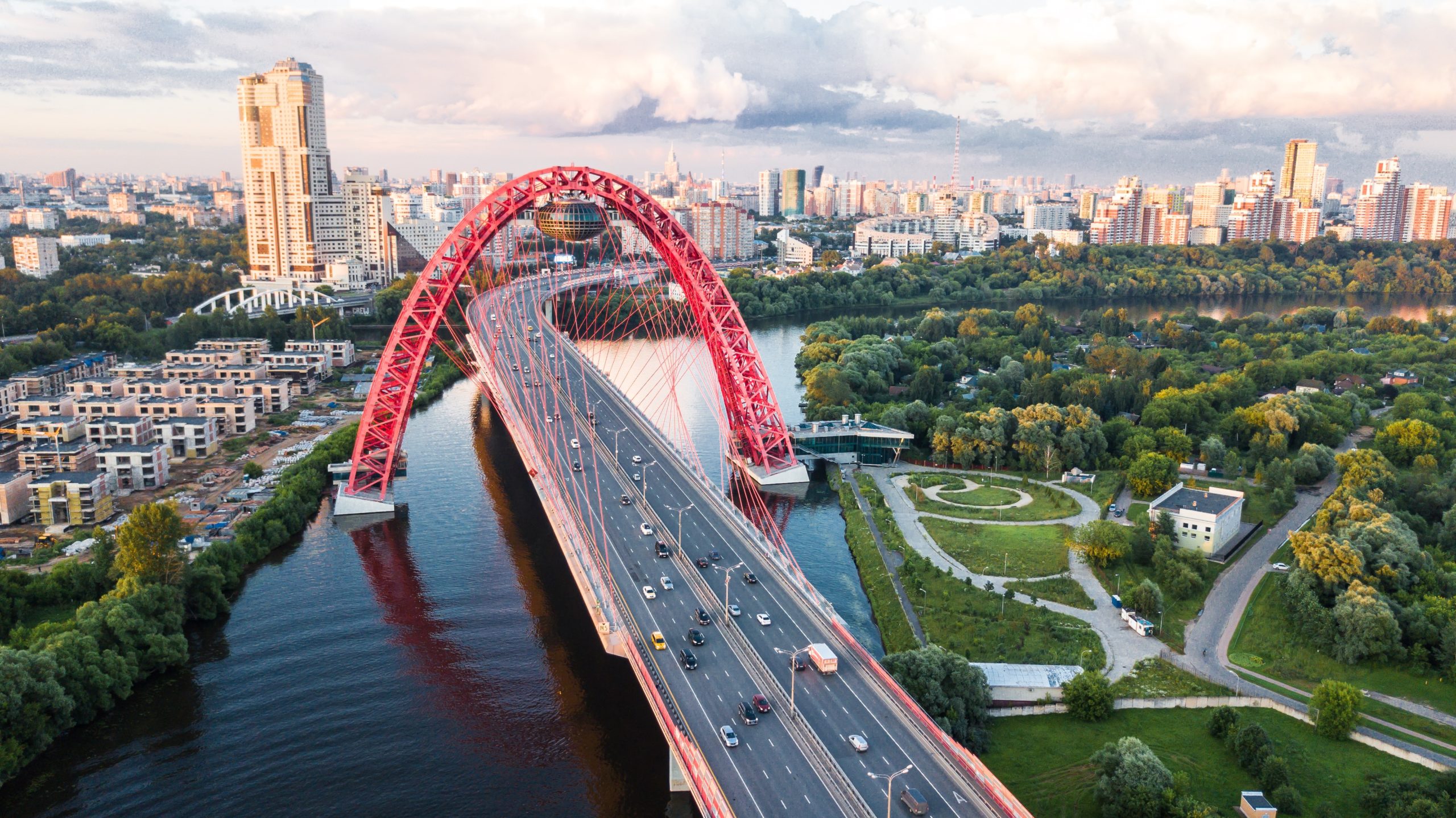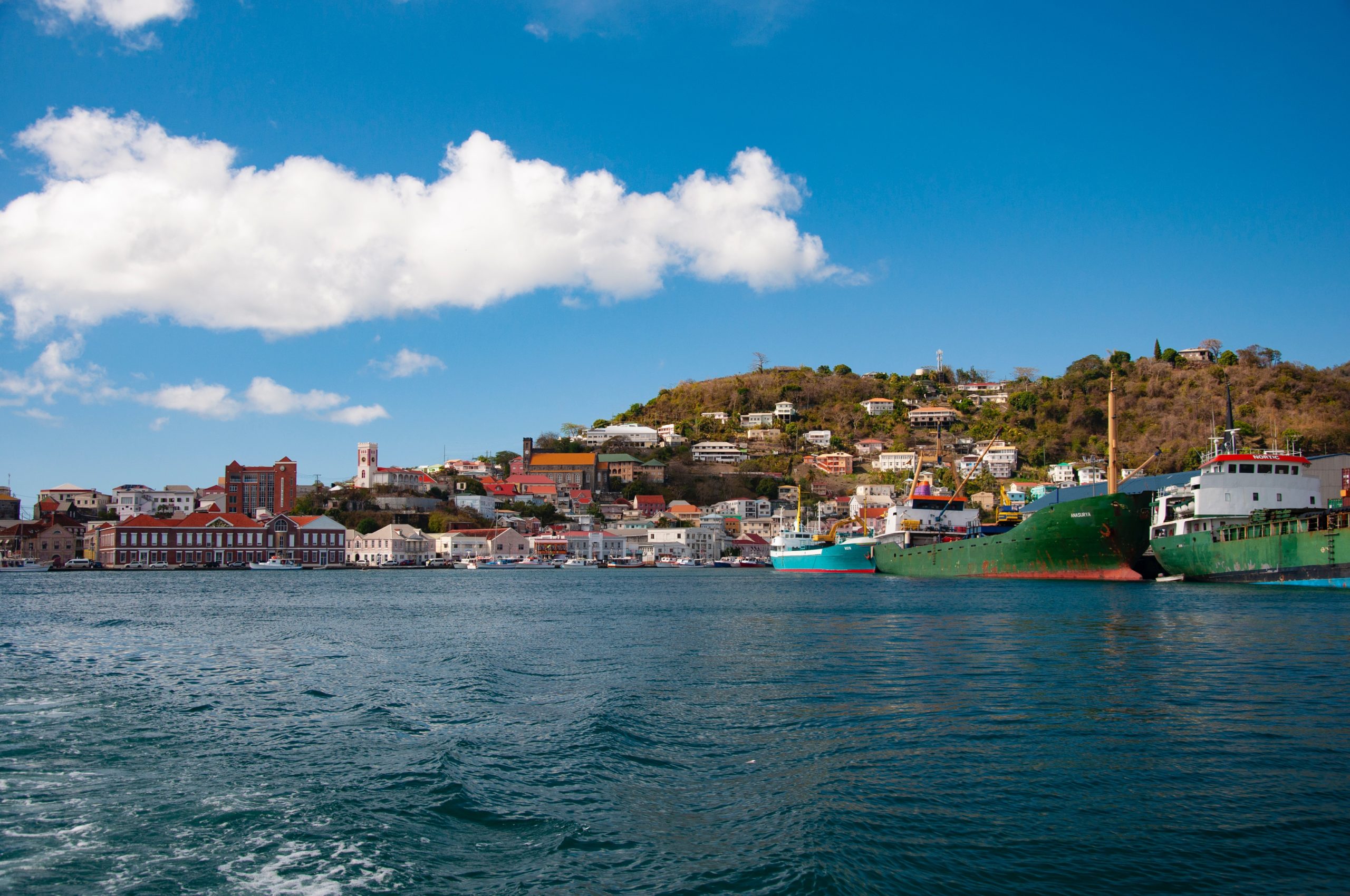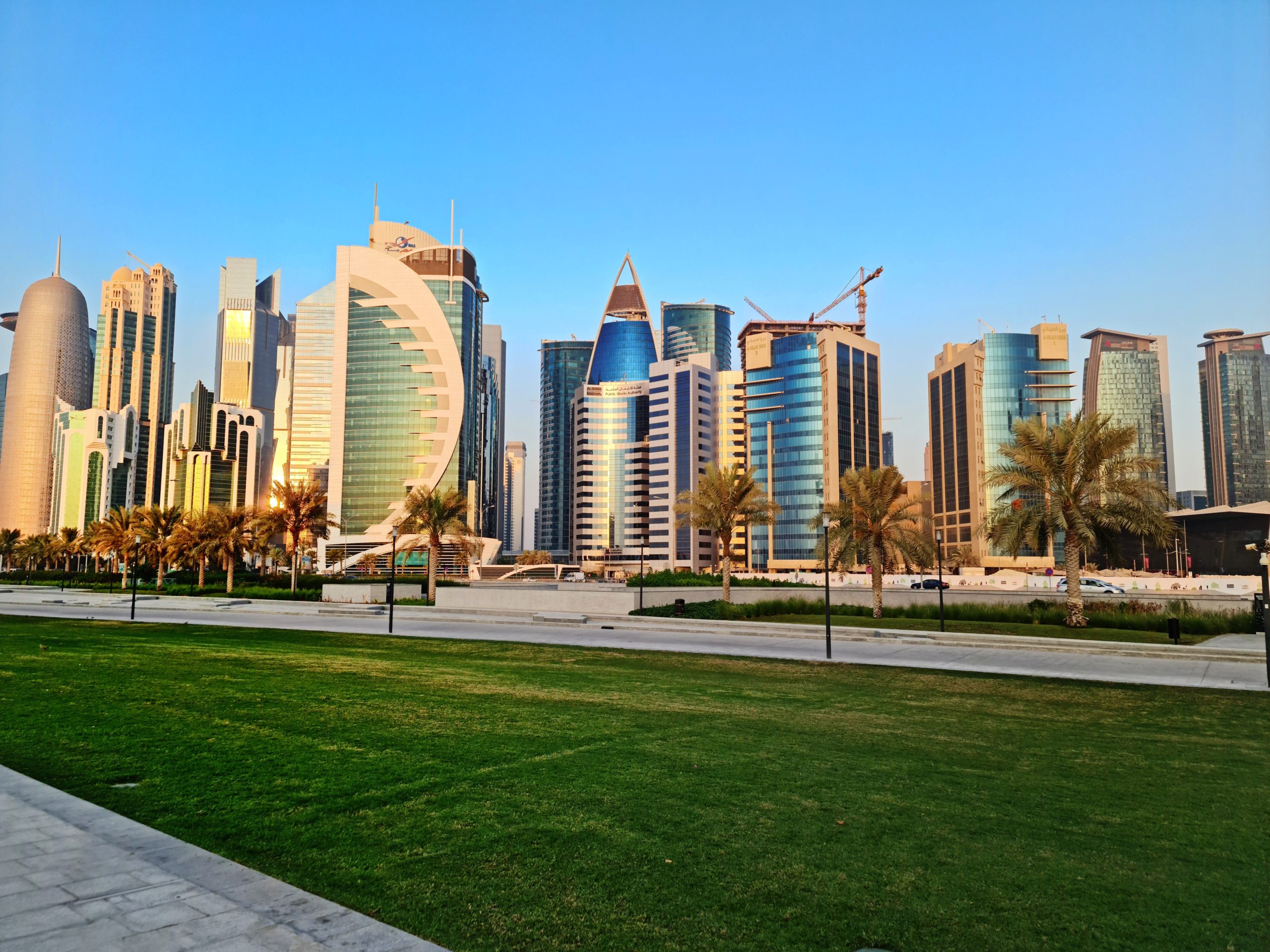Kosovo’s textile industry is gradually growing. In 2009, the industry employed 800,000 people overall and contributed 22.60 percent of the GDP. When compared to the rest of the world, it is in position 150. This type of stagnation has many causes, including previous occupations, political unrest, and the recent Kosovo War (1999).
Below are some of the leading industries in Kosovo.
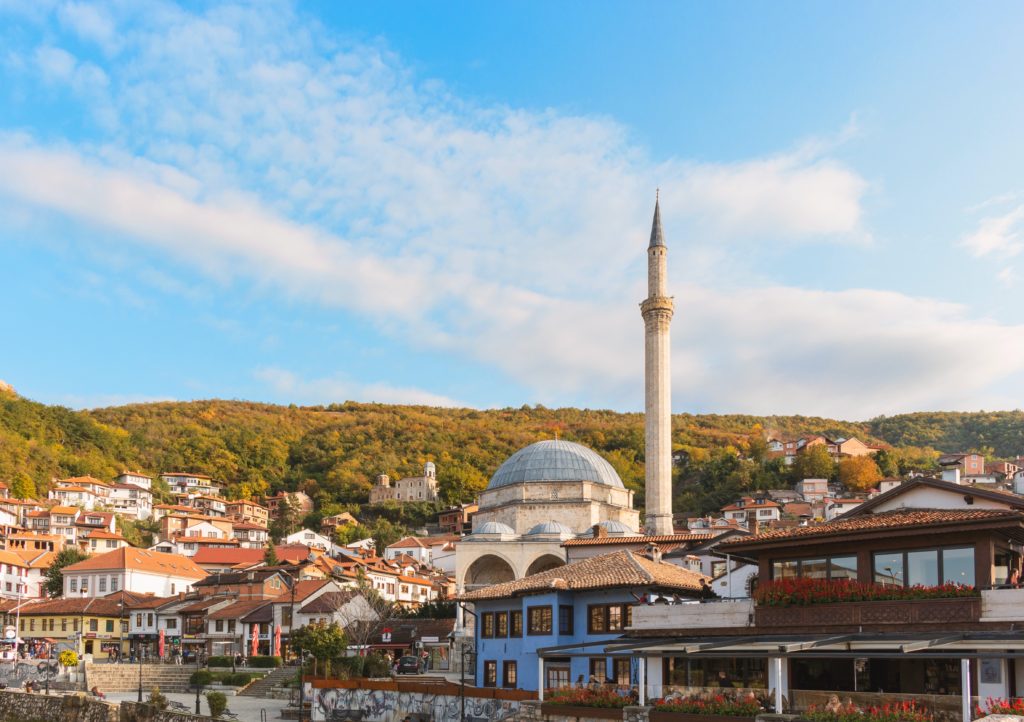
Energy industry
The single power company in the Republic of Kosovo is Kosovo Energy Corporation J.S.C. (KEK). KEK was formally incorporated in 2005 and has vertical integration. In the Yugoslavian power system, KEK specialized in the generation of coal-based energy, with power coming from plants outside of Kosovo.
By the late 1990s, two open-cast coal mines, the Mirash mine, and Bardh mine, and two power plants, PP Kosova, had become the Corporation’s primary businesses in KosovoThe 700 MW, 27-year-old PP Kosova B power station and the 880 MW, 40-year-old power station, Europe’s greatest single-point source of pollution, were nominated for closure. These two aging, ineffective, and extremely polluting lignite-fired power plants produce 98% of Kosovo’s electricity. Roughly 60,000 employees are working in various areas and 1,900,000 clients.
Wine Industry
In Kosovo, there is a long history of wine production and culture. The first substantial SOEs were established in the 1970s, and local small-scale wine production has grown significantly in the previous twenty years. The wine business profited from 9,000 acres of grape land that was split between private and state ownership and scattered primarily throughout Kosovo’s south and west during its “glory days.” The four state-owned wine-making facilities were more appropriately referred to as “wine factories” than “wineries.” The only plant with a capacity of roughly 50 million liters per year was in Rahovec, which housed about 36% of the entire grape area. The export market accounted for the lion’s share of wine production. The exports from the Rahovec factory peaked in 1989 at 40 million liters, with the majority going to the German market.
Tourism
Kosovo’s natural beauty offers top-notch tourism resources. The description of Kosovo’s tourist potential is intimately tied to its geographical location. Its location in southeast Europe, in the middle of the Balkan Peninsula, marks a historical junction that dates to the Illyrian and Roman eras. Winter tourism has a lot of potential in Kosovo’s hilly south. The skiing resort Brezovica in the Sharr Mountains is one of the most intriguing investment options in this area for foreign investors. From November to May, it provides ideal weather and snow conditions for ski seasons.
Brezovica also has two restaurants, nine ski lifts, and three hotels with a combined capacity of 680 rooms and 10,000 skiers per hour. Due to its proximity to Pristina (60 km) and Skopje (60 km) airports, the resort is a potential winter tourism destination in the Balkans (70 km).
Automotive components industry
The two most well-known automotive component factories in Kosovo are the Shock Absorber Factory Prishtina and Ramiz SadikuThese factories mostly manufactured car seats and small vehicle parts, but they also manufactured shock absorbers for some well-known brands, including British Armstrong, German Susta, and French Peugeot. Over 1,500 people were employed by the Shock Absorber Factory between 1989 and 1990, which turned out to be 3.3 million units annually.
Textile
After mining, textiles have a more than 200-year history as Kosovo’s second-largest industrial industry. In the past, Kosovar manufacturers sold their goods to consumers in their region as well as in other markets across the former Yugoslavia, Western and Eastern Europe, and the US. Each of the 15 SOEs producing textiles had more than 1,000 employees and 600 million Euro in sales at their peak around 1990.

